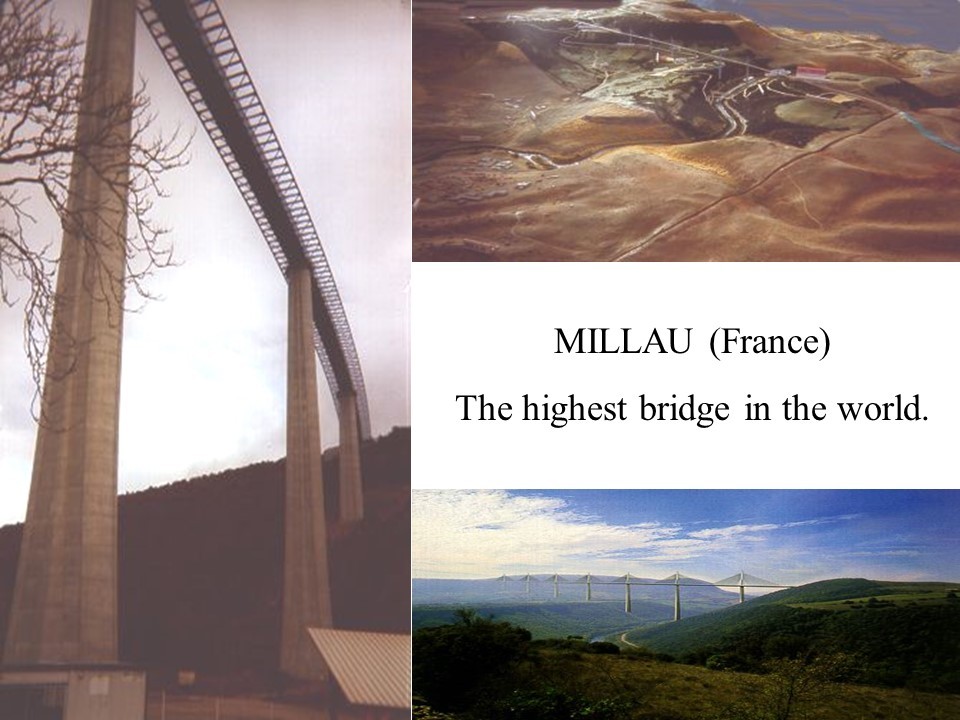
Millau, The Tallest bridge in the world
Millau viaduct Introduction
The construction of the Millau viaduct in the southeast of France was a colossal engineering effort. The piers rise 803 feet from ground level, and the bridge weighs 400,000 tons. The bridge is supported by seven huge pillars. WIIen the thickness of the platform (14 feet) and the height of the pillars are included, the total height reaches 1102 feet. That is about 50 feet higher than the famous Eiffel
Tower. Construction of this bridge required more than 350,000 tons of concrete and 40,000 tons of steel. Assembled with the precision of a Swiss watch, this giant was designed to resist winds of up to 130 miles per hour and has cost almost 300 million euros (US $523 million). Built across the mountainous terrain of the Tarn river valley, the 8071-foot long bridge is part of the A-75 freeway that connects the cities of Clennont-Fenand and Béziers. It will shorten by more than 60 miles the route connecting Paris with the Mediterranean. Seven European countries participated in construction of the bridge, the design of which was the work of the prestigious British architect, Sir Norman Foster, of Manchester, England.
Located in Southern France, the Millau Viaduct is the tallest bridge in the world. Constructed in three short years, the bridge is an engineering and architectural marvel. At its highest point, the bridge soars 343 meters (1,125 ft) above ground, that’s 19 meters (62 ft) taller than the Eiffer Tower! Check out the incredible photographs below along with a timeline of the project’s major milestones and notable records and figures.
Bridge design
Two major challenges were identified in building the structure, namely crossing the River Tarn and spanning the huge gap from one plateau to the other. The solution proposed is unique using seven pylons instead of the typical two or three. It is several metres taller than the other famous French landmark, the Eiffel Tower.
Famous British architect Norman Foster was in charge of the viaduct’s appearance. It has been designed to look as delicate and transparent as possible. Each of its sections spans 342m and its columns range from 75m to 235m in height over the river Tarn. It uses the minimum amount of material, which made it less costly to construct, namely the deck, the masts rising above the road deck and the multi-span cables are all in steel.
Seven piers
The seven piers of the Millau Viaduct are sunk in shafts of reinforced concrete in a pyramidal shape and divided in an overturned V. The shrouds are anchored and distributed in semi harps. The programme utilised hundreds of high-pressure hydraulic cylinders and pumps to push-launch the deck spans in place and a PC-synchronised lifting system to lift the auxiliary piers. Enerpac was awarded the major contract to supply the hydraulic system for lifting and pushing the bridge spans and piers for the bridge.
Interestingly, the Millau Viaduct is not straight. A straight road could induce a sensation of floating for drivers, which a slight curve remedies. The curve is 20km in range. Moreover, the road has a slight incline of 3% to improve visibility and reassure the driver.
Bridge construction
Construction began in October 2001 and, by November the following year, the highest pier had already reached 100m in height. Launching the deck started in February 2003 and was completed by May 2004.
The deck is unusually constructed from new high-grade steel as opposed to concrete. This helped the deck to be pre-constructed in 2,000 pieces at Eiffage’s Alsace factory and GPS-aligned by 60cm at a time.
The Millau Viaduct is supported by multi-span cables placed in the middle. To accommodate the expansion and contraction of the concrete deck, there is a 1m empty space at its extremities and each column is split into two thinner and more flexible columns below the roadway, forming an A-frame above the deck level.
Construction work used approximately 127,000m³ of concrete, 19,000t of steel-reinforced concrete and 5,000t of pre-constraint steel, namely cables and shrouds. The project needed 205,000t of concrete, of which 50,000m³ is reinforced. In total, the viaduct weighs 290,000t.
A 3m-wide emergency lane provides increased security. In particular, it prevents drivers from seeing the valley from the viaduct.
As the bridge will be exposed to winds of up to 151km/h, side screens are used to reduce the effects of the wind by 50%. Therefore, the speed of the wind at the level of the road reflects the speed of the wind found at ground level around Larzac and Sauveterre.
An extension work, which began in 2005, included the installation of 30km/h electronic toll collection lanes and payment lanes with recycling.
Toll station
An 18-lane toll station 6km north of the Millau Viaduct is housed under a structure made of a special concrete patented by the group Eiffage. The toll plaza includes a CCTV connection to the viaduct and the highway. It also accommodates technical and administrative services.
Opened in 2004, Norman Foster’s magnificent motorway bridge over the Tarn valley at Millau has established itself as one of the must-see modern monuments in France. It is the world’s highest multi-span bridge (the deck is 900 ft above the valley floor at its deepest) and the longest suspended bridge in the world, and an engineering wonder of the world, worth the visit.

The viaduct carries the A75 Clermont-Ferrand to Béziers motorway across the Tarn valley. The motorway is free, but there is a toll charge for crossing the viaduct.
The toll booths are located a couple of kilometres north of the viaduct; just before the northern end of the viaduct, there is a large motorway rest area, offering spectacular views of the viaduct, as well as a visitor centre with information on the bridge and its building. For the best photo opportunities, arrive at the bridge shortly after sunrise in the Autumn, when the bridge frequently floats above the overnight mists that have formed in the valley below.
Information on the Millau bridge, including audio-visual displays, can also be had in the tourist information section of the “Aire de l’Aveyron” service area, some 40 kilometres north of the viaduct, at Séverac le Château.
Those interested in bridges, and heading for the Millau Viaduct south down the A75 motorway from Clermont Ferrand, will want to stop off on the way to view another magnificent viaduct, Gustave Eiffel’s Viaduc de Garabit. This great 19th century viaduct is best seen from the motorway rest area, the Aire de Service Viaduc Garabit Eiffel, where there is a small interpretive centre


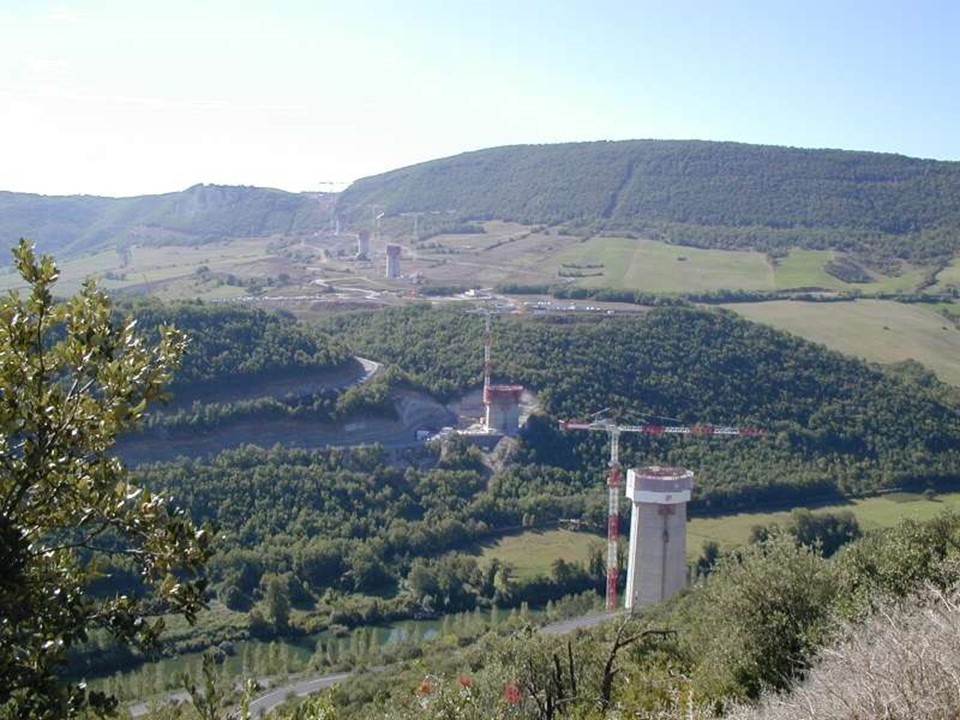
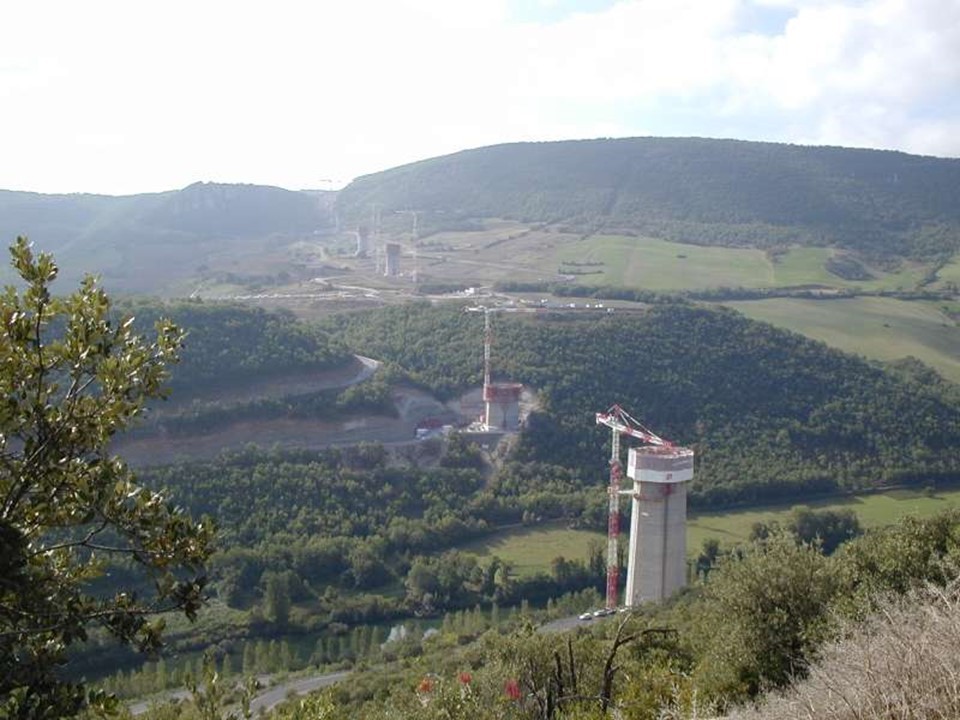
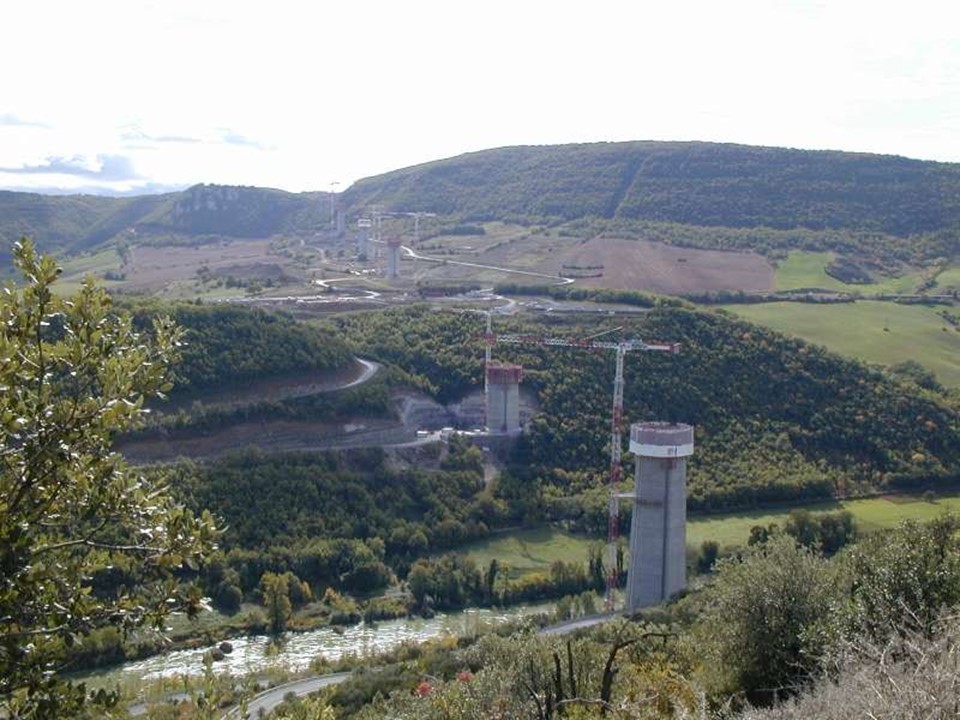

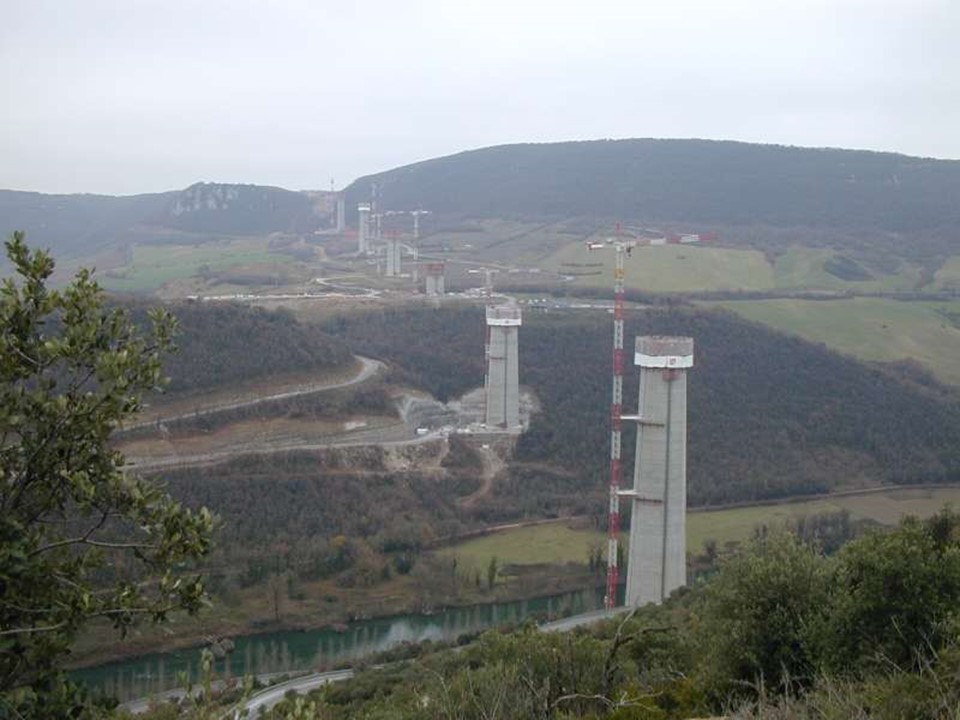
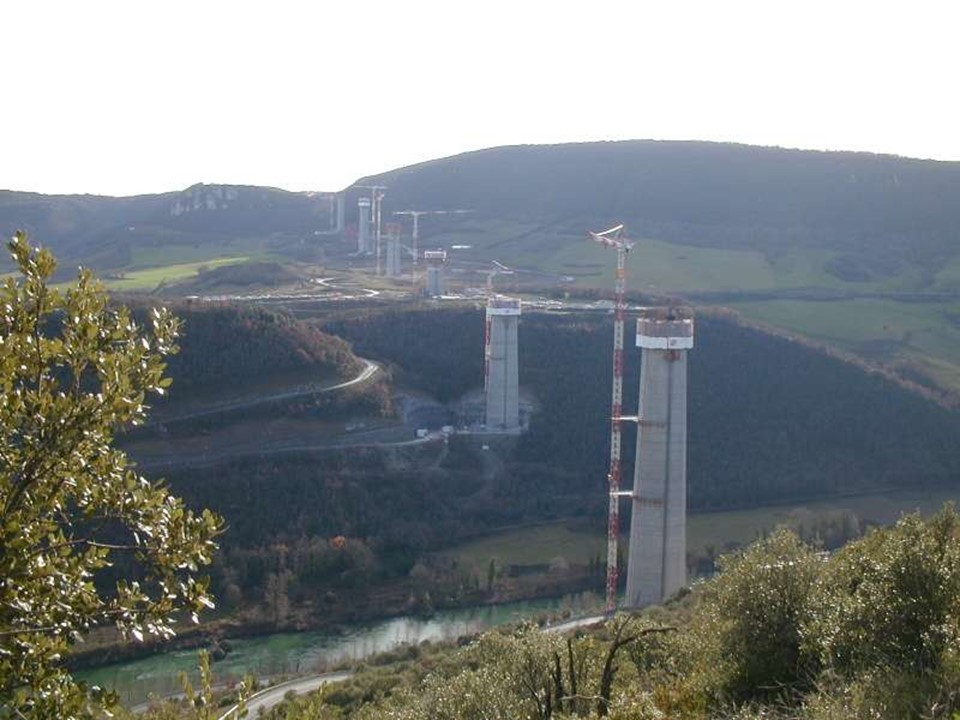
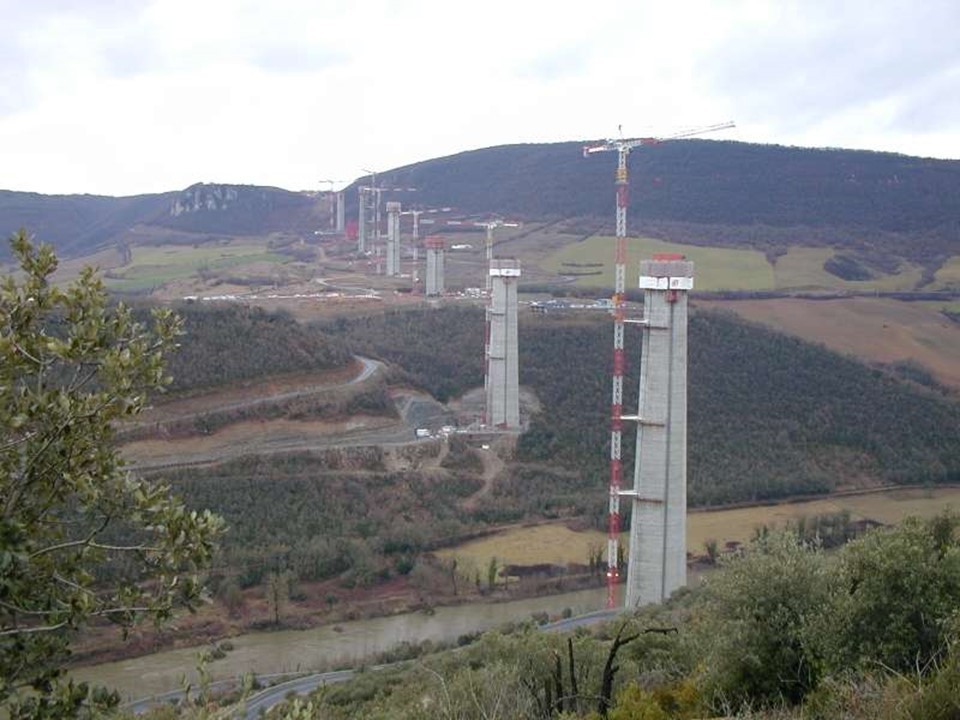
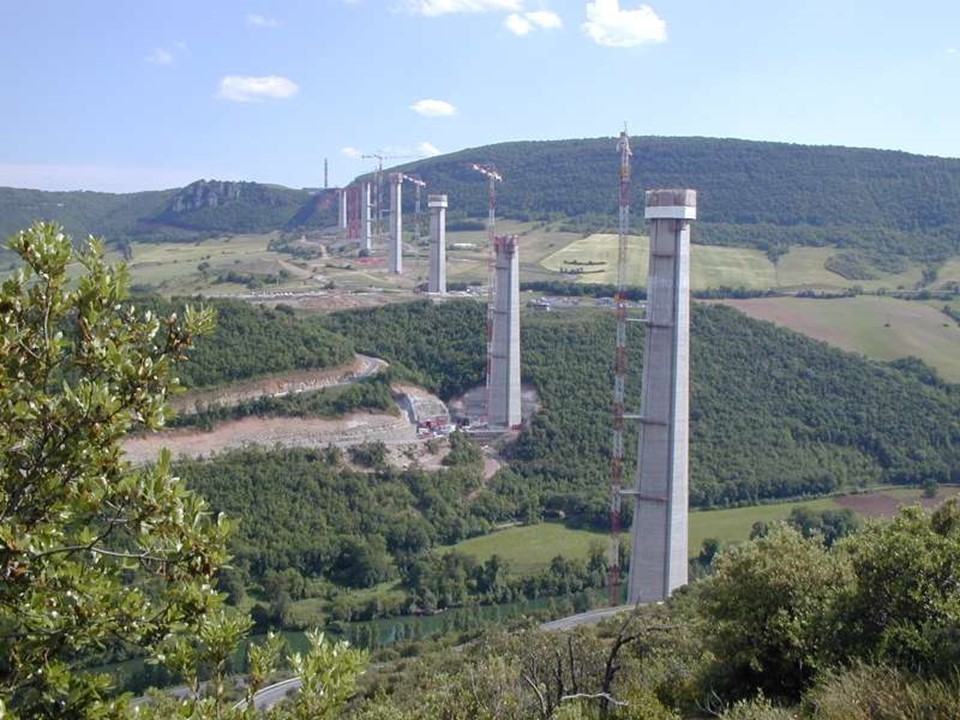
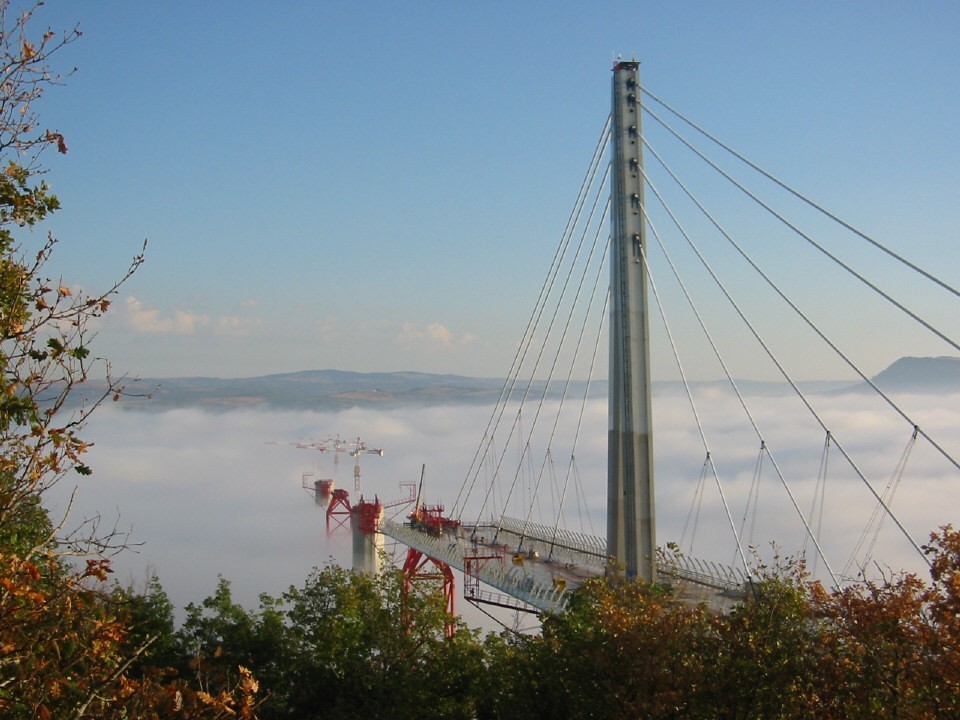
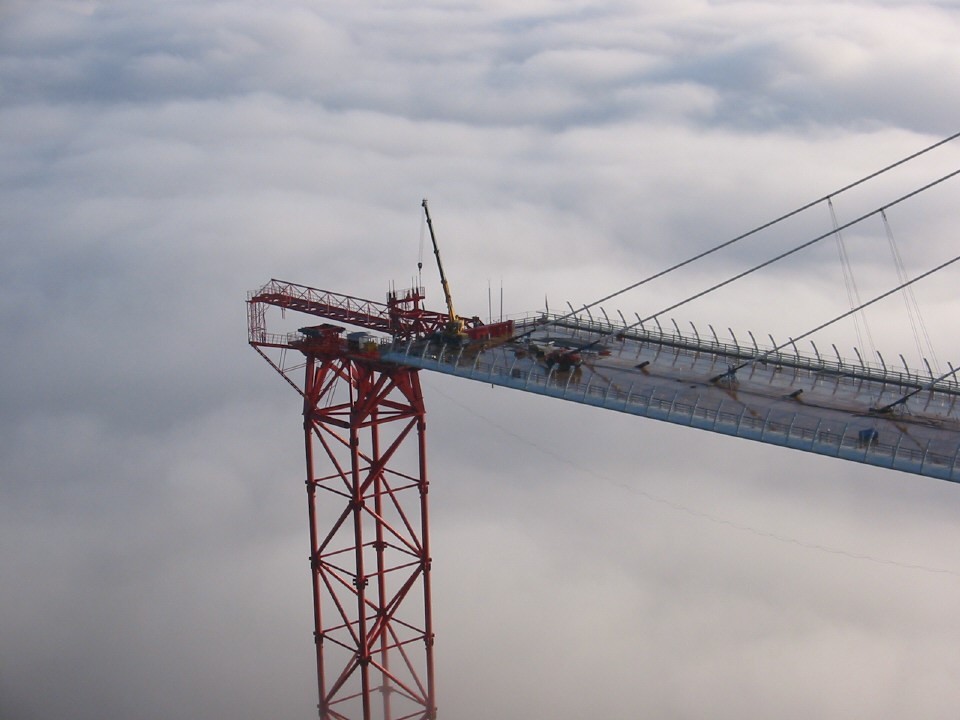
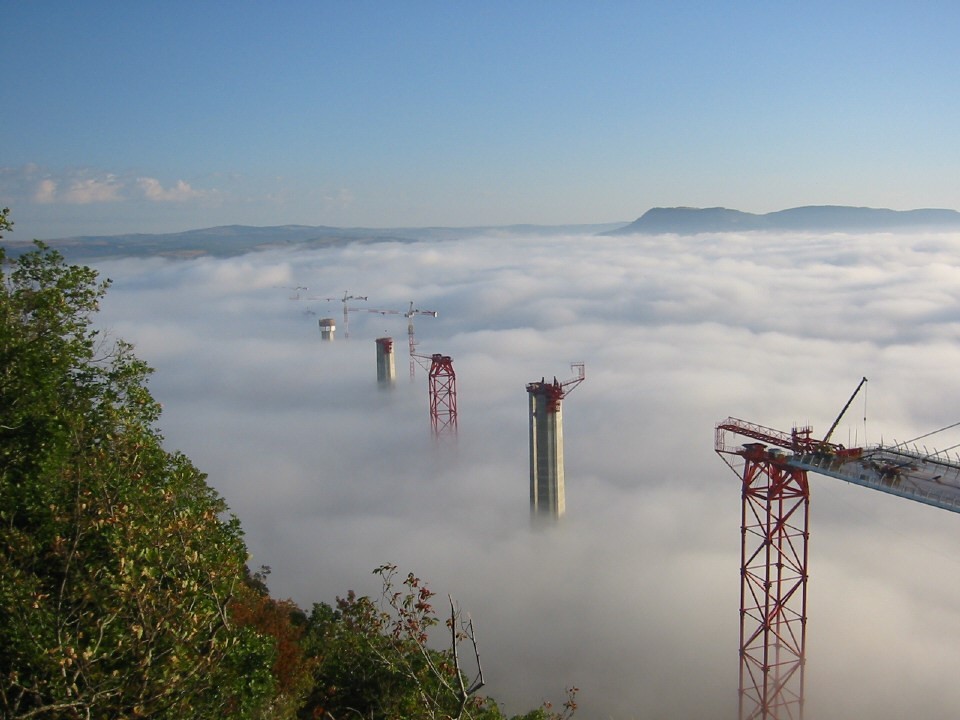
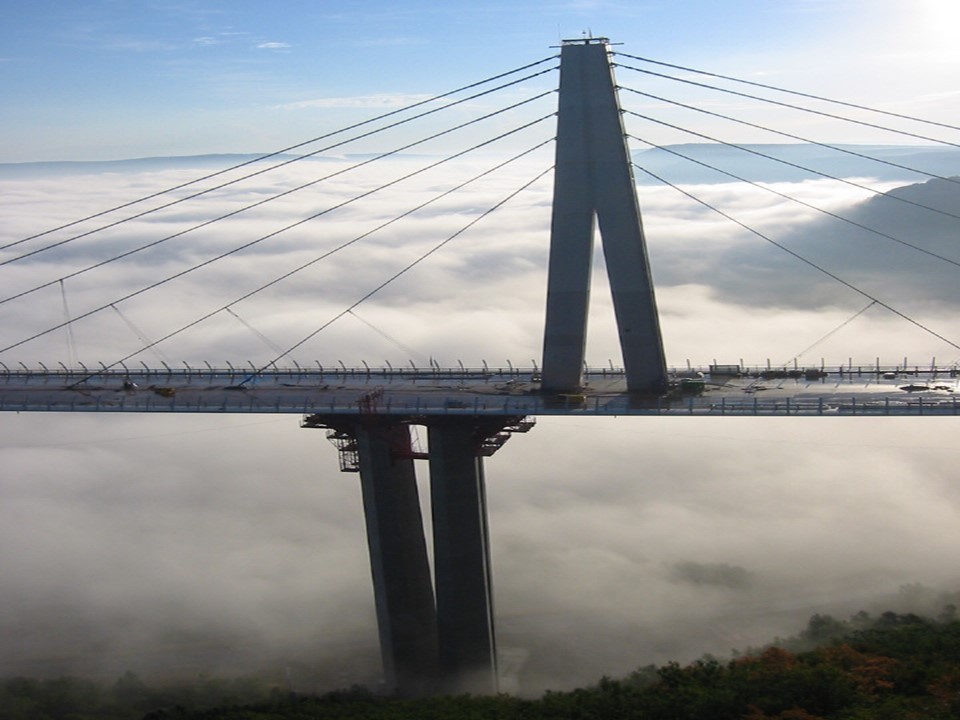
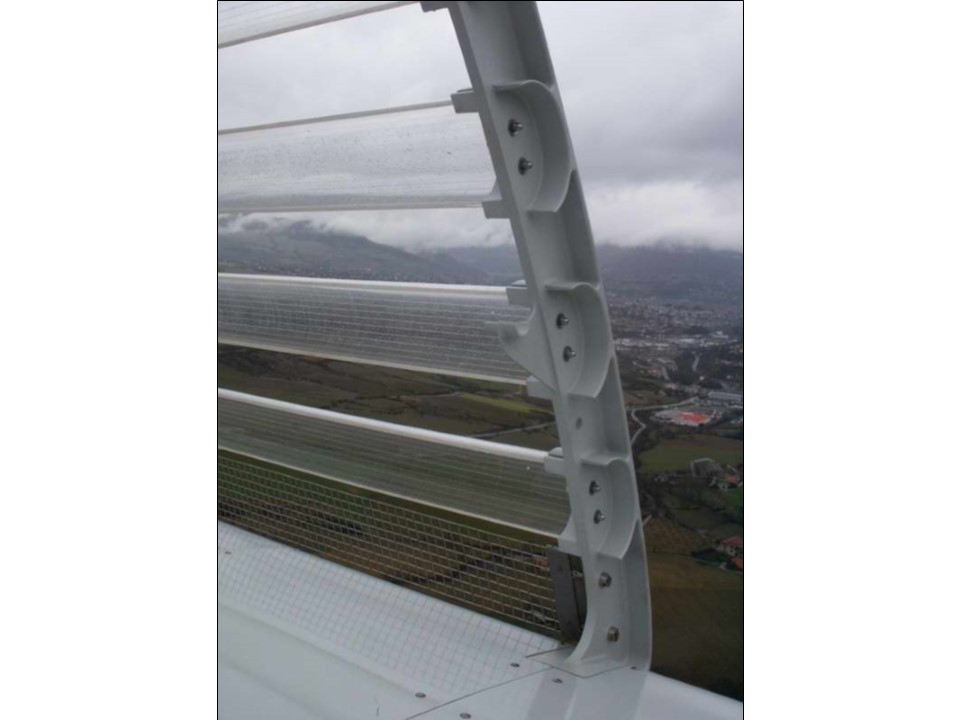
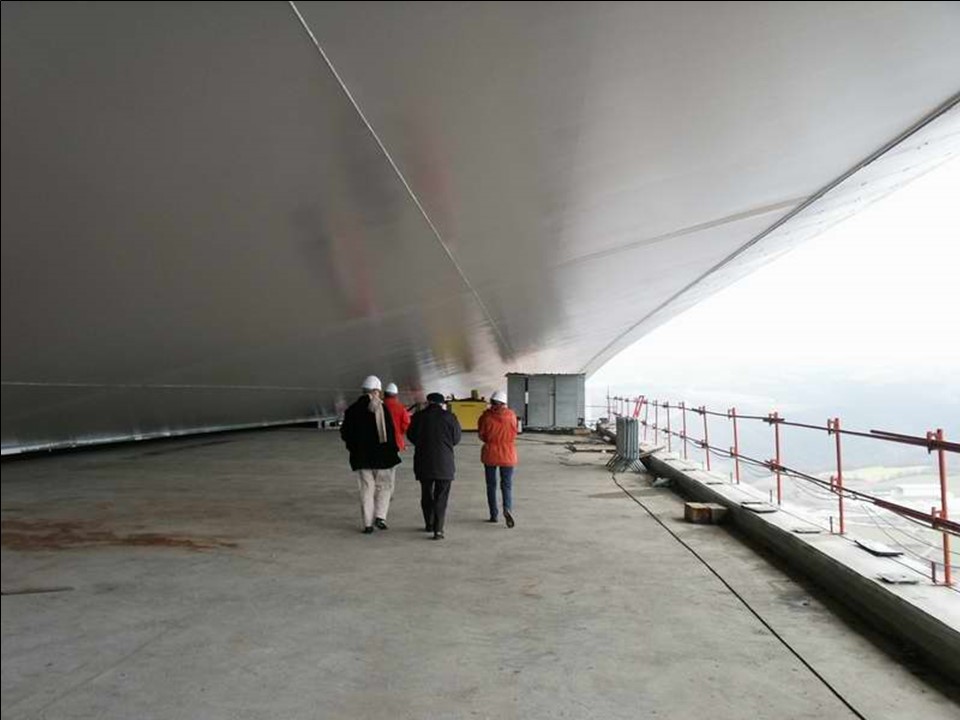
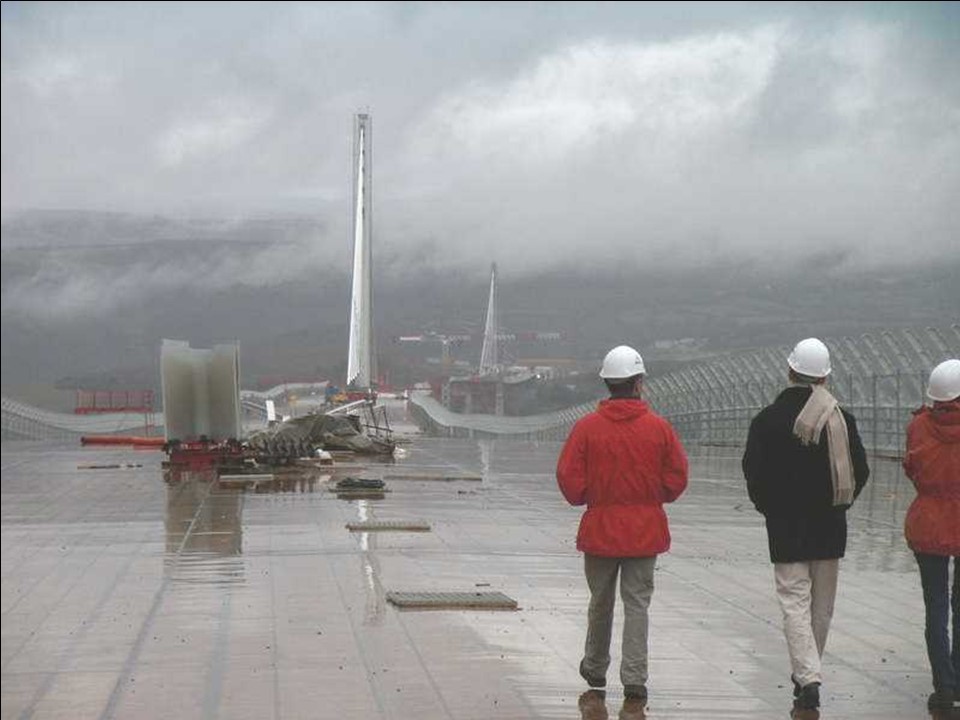
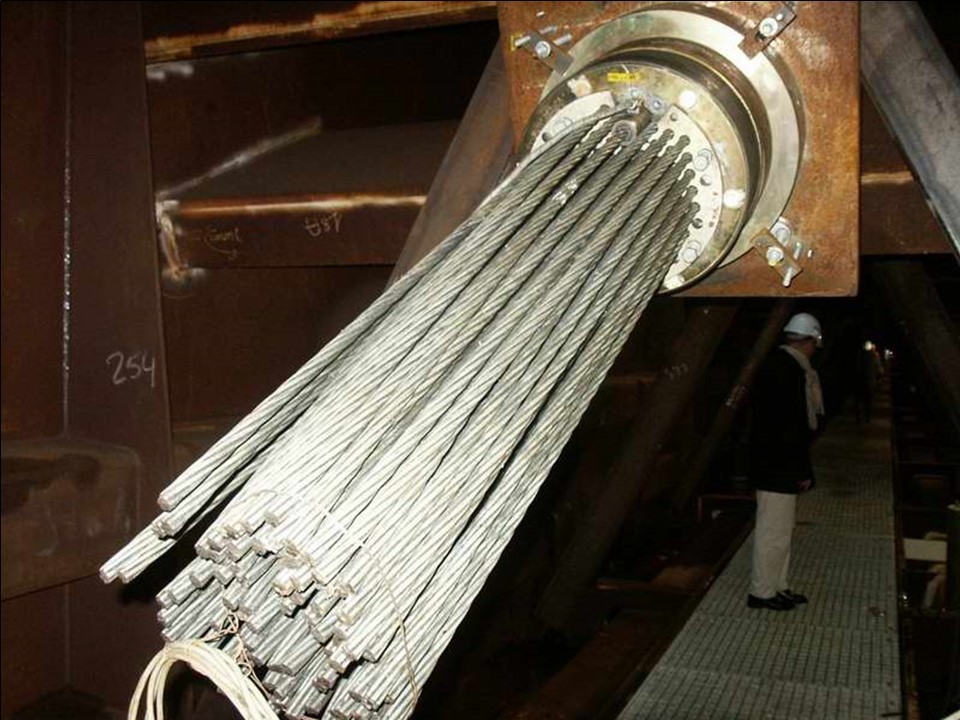
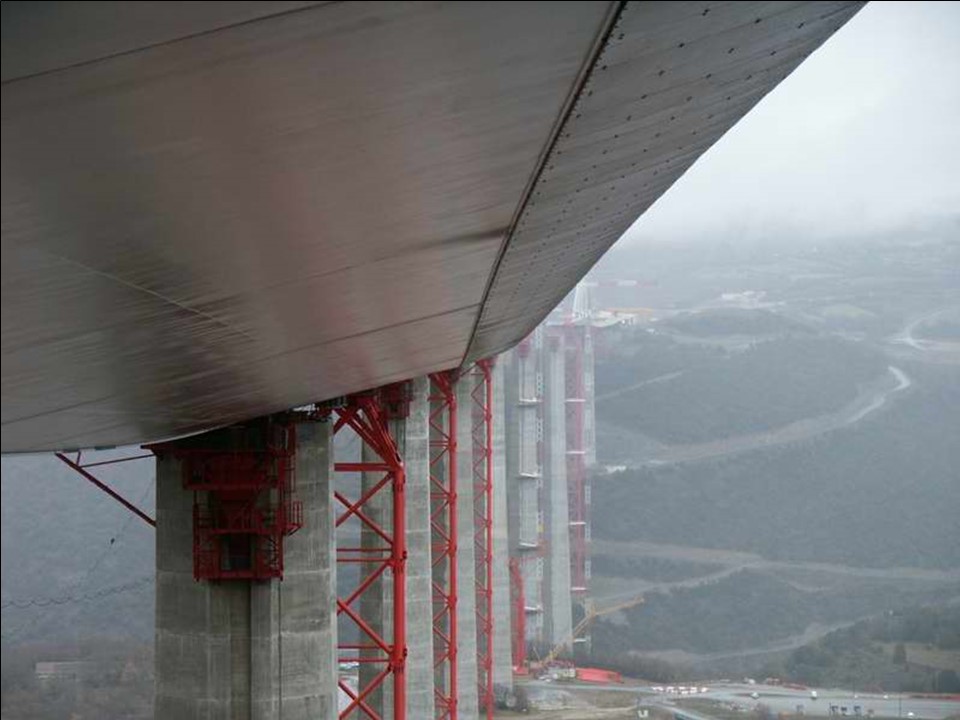
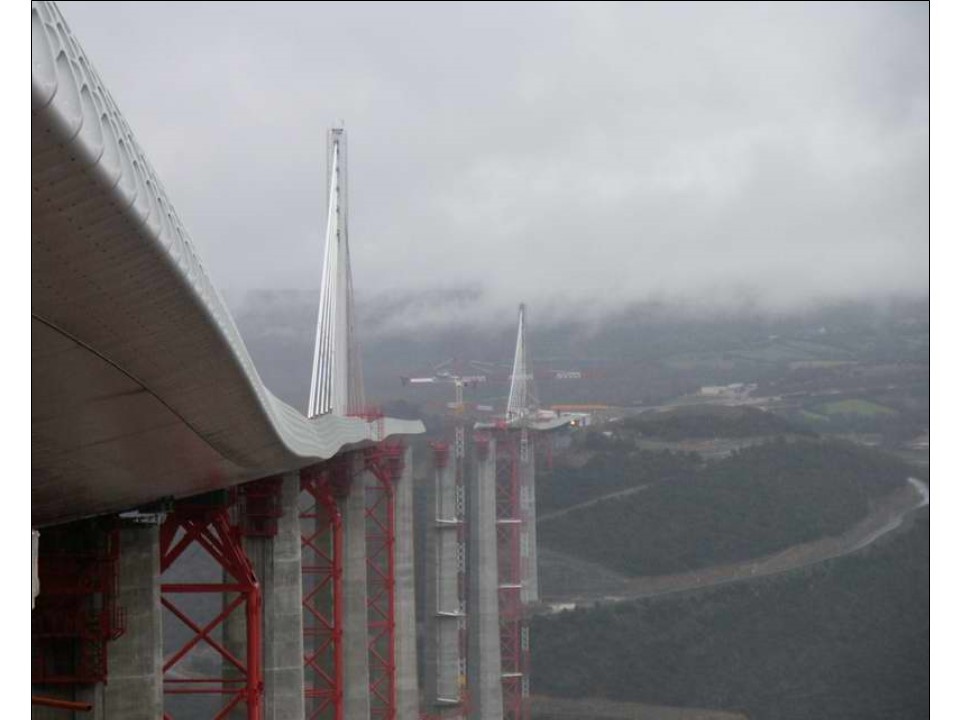
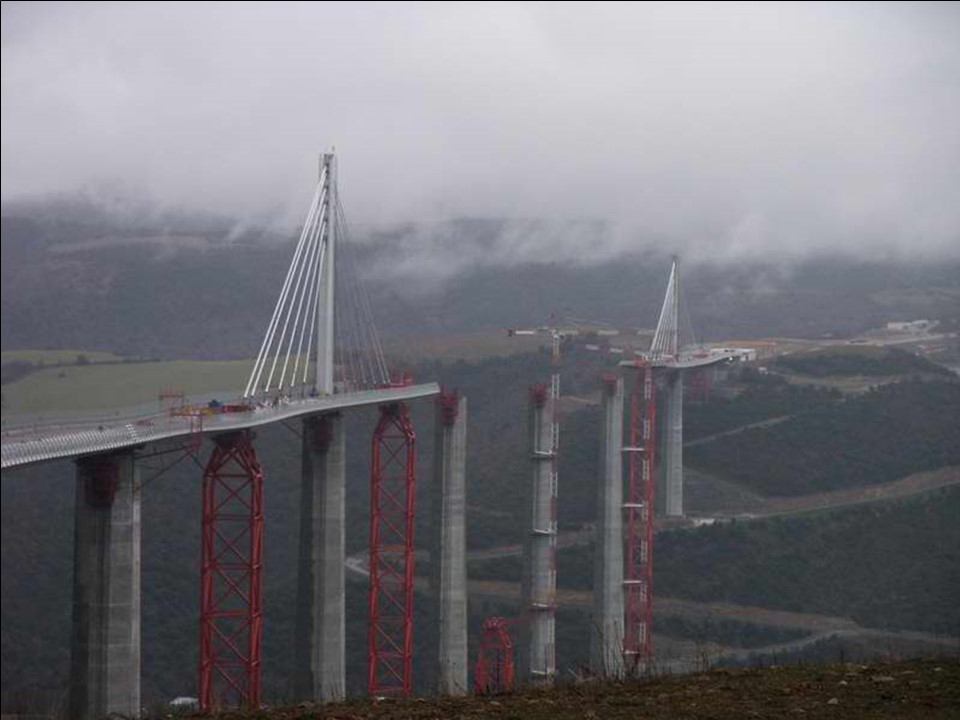
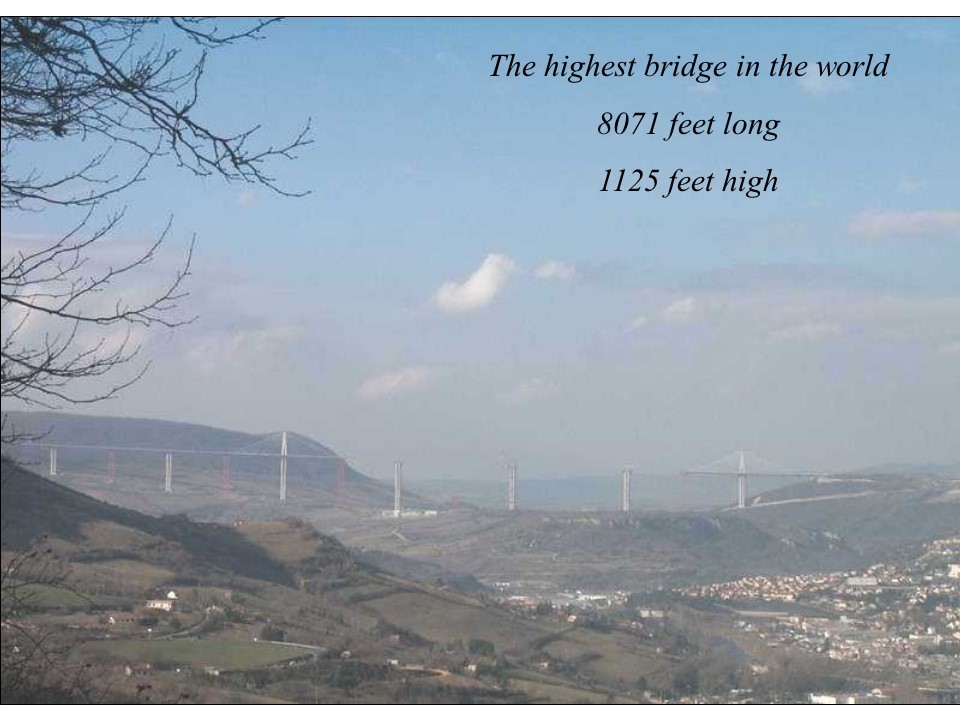
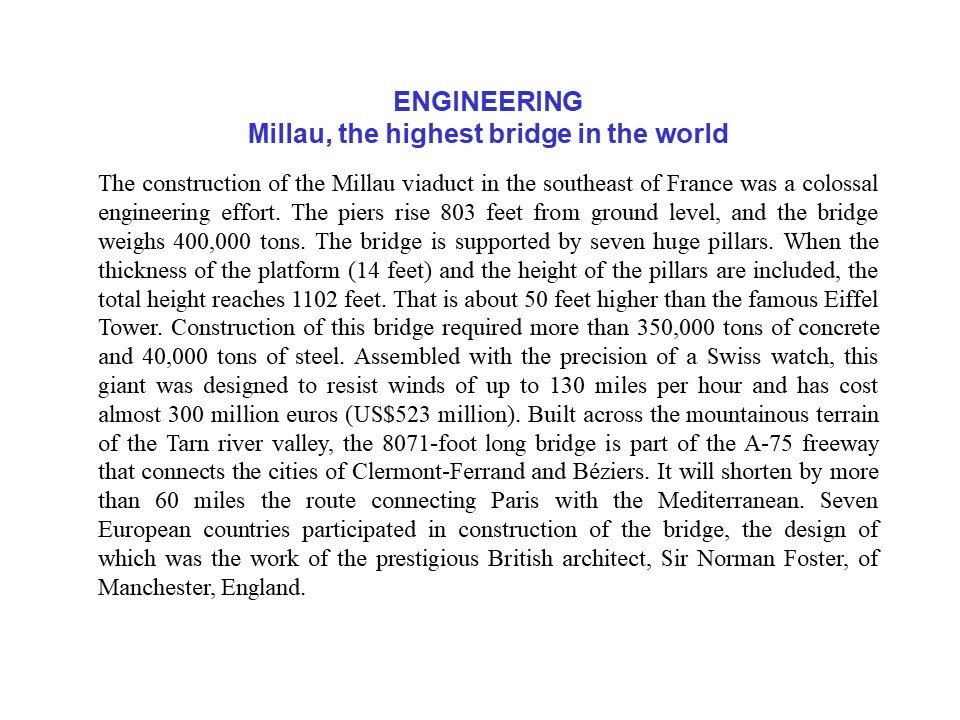
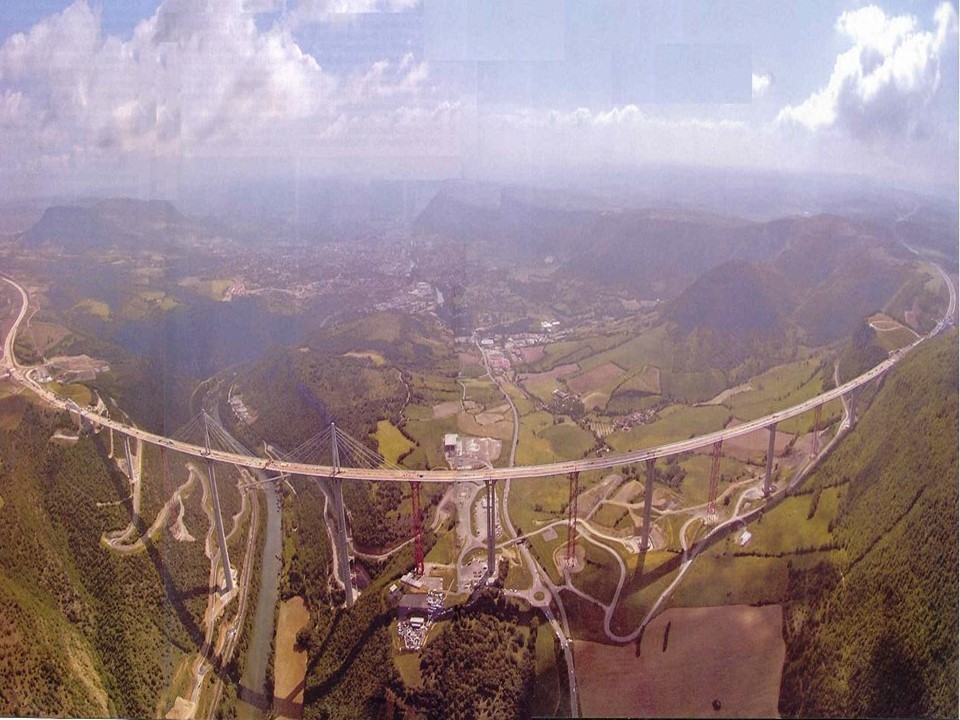
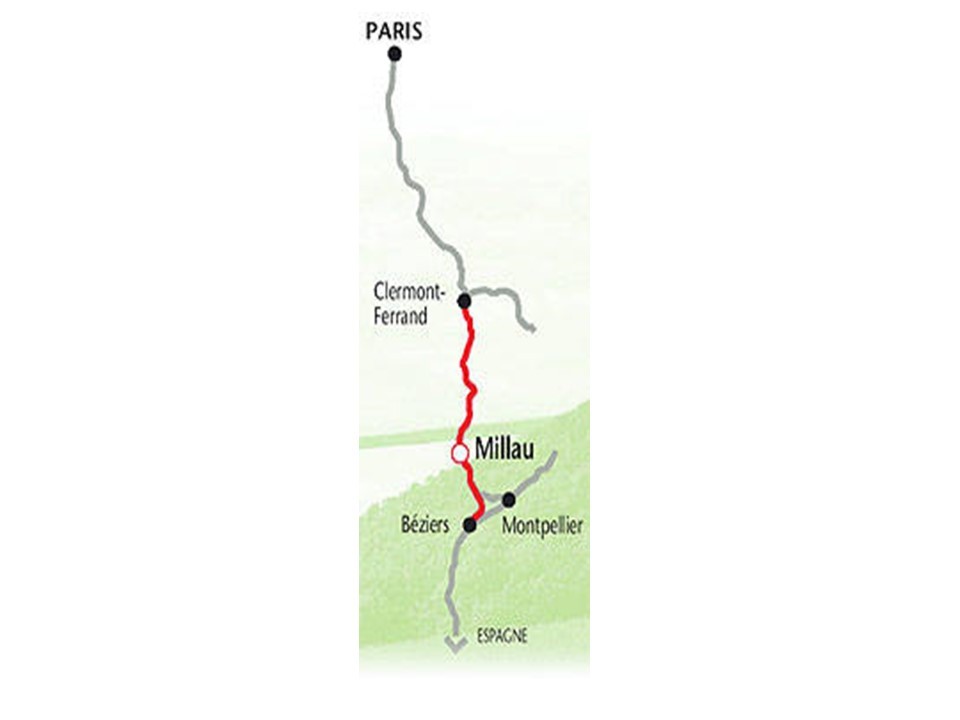







Once before I found a similar article on another website and didnt quite get it, but your article helped me understand it better. Thanks a lot!
I have been reading the comments, and I have to agree with what John said.